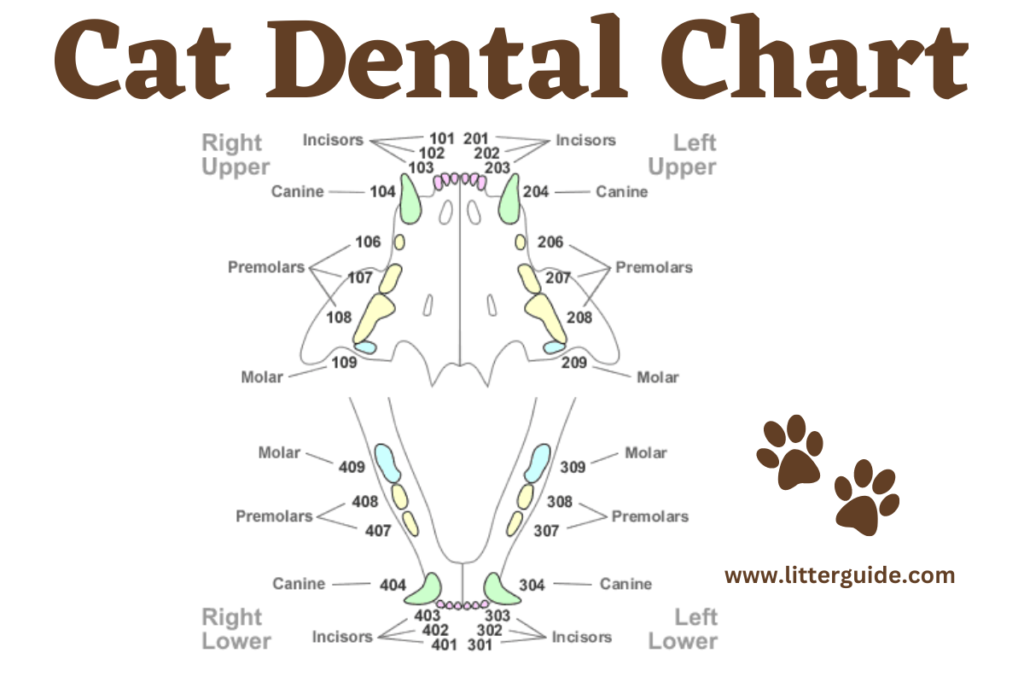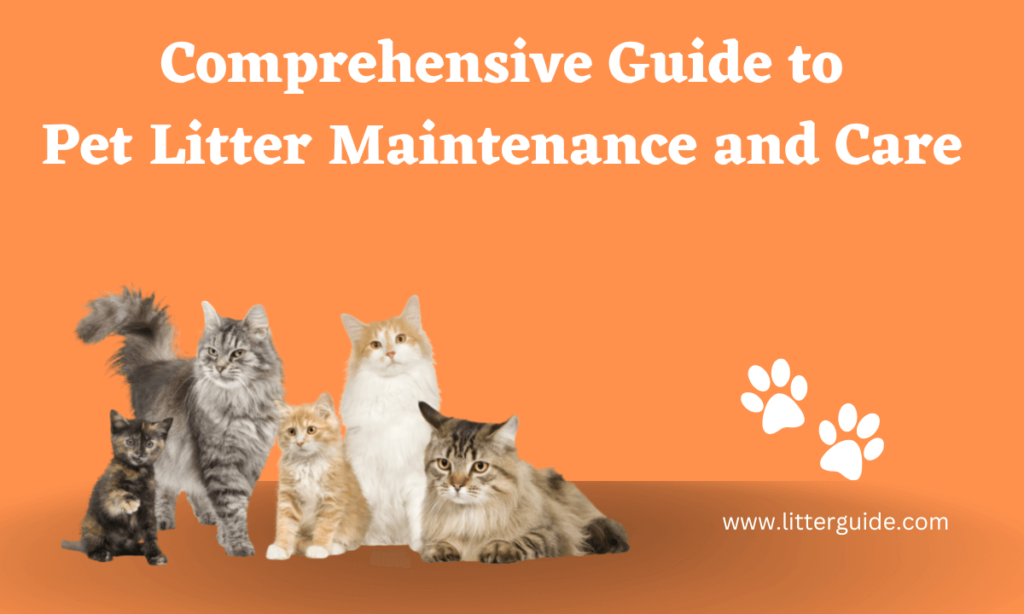As a cat parent, one of your top priorities is to ensure that your furry friend is healthy and happy. While most pet owners are aware of the importance of regular check-ups and vaccinations, dental care is often overlooked. Just like humans, cats can suffer from dental problems such as gum disease, tooth decay, and bad breath. This is where a cat dental chart comes in handy.
What is a Cat Dental Chart?
A cat dental chart is a comprehensive record of your cat’s dental health. It is essentially a chart that lists all of your cat’s teeth, along with any dental issues they may have. This chart is usually maintained by your veterinarian and is an essential tool in monitoring your cat’s oral health.
Why is a Cat Dental Chart Important?
Regular dental check-ups and cleanings are crucial to maintaining your cat’s oral health. A dental chart is an essential tool that helps your veterinarian keep track of your cat’s dental health over time. This record is important because it allows your vet to identify any potential dental problems early on and take the necessary steps to prevent them from becoming more serious.
Additionally, a cat dental chart can help your veterinarian keep track of any dental procedures that your cat has undergone, such as extractions or fillings. This information is important in creating an accurate dental history for your cat, which can be helpful in identifying any underlying health issues that may be affecting your cat’s dental health.
Understanding Your Cat’s Dental Chart
A cat dental chart typically includes several key pieces of information. Here is a breakdown of what you can expect to see on your cat’s dental chart:
-
Tooth Number
Each tooth in your cat’s mouth is assigned a unique number that corresponds to its location in the mouth. This makes it easy for your vet to identify and track each tooth.
-
Tooth Condition
The condition of each tooth will be noted on the dental chart. This can include whether the tooth is healthy, decayed, or missing.
-
Gum Condition
The condition of your cat’s gums will also be noted on the chart. This can include whether the gums are healthy, inflamed, or bleeding.
-
Treatment
If your cat has undergone any dental procedures, such as extractions or fillings, this will be noted on the dental chart.
-
Follow-Up
Depending on the condition of your cat’s teeth and gums, your veterinarian may recommend follow-up appointments to monitor your cat’s dental health.
How to Use a Cat Dental Chart
While your veterinarian will typically be responsible for maintaining your cat’s dental chart, it’s important for you to understand how to read and interpret the information on the chart. This can help you stay informed about your cat’s dental health and work with your veterinarian to provide the best possible care for your furry friend.
Here are a few tips on how to use a cat dental chart:
-
Understand the Terminology
Dental charts can include technical terms that may be unfamiliar to pet owners. Take the time to familiarize yourself with the terminology so that you can understand what your veterinarian is talking about.
-
Ask Questions
If you’re unsure about anything on your cat’s dental chart, don’t hesitate to ask your veterinarian. They will be happy to explain anything that you don’t understand.
-
Keep Your Own Records
While your veterinarian will maintain your cat’s official dental chart, it’s a good idea to keep your own records as well. This can include notes about any concerns that you have about your cat’s dental health, as well as any questions that you want to ask your veterinarian.
-
Follow Your Vet’s Recommendations
If your veterinarian recommends follow-up appointments or any other treatments for your cat’s dental health, be sure to follow Follow Your Vet’s Recommendations
Now that we understand the importance of dental health in cats and the significance of a cat dental chart, let’s take a closer look at what a cat dental chart actually is.
A cat dental chart is a chart or record that outlines the state of a cat’s dental health. It is a tool used by veterinarians to track the health of their feline patients’ teeth and gums. The chart is typically divided into several sections, with each section representing a different area of the mouth.
The chart will typically include information about the cat’s teeth and gums, such as the color and condition of the teeth, any signs of decay or damage, and the health of the gums. It will also include any treatments that have been performed on the cat’s teeth, such as cleanings or extractions.
There are several different types of cat dental charts that a veterinarian may use, but most will include similar information. Some charts may be more detailed than others, depending on the veterinarian’s preference and the specific needs of the cat.
One common type of cat dental chart is the American Animal Hospital Association (AAHA) Dental Chart. This chart is widely used by veterinarians and includes a detailed description of each tooth, including its position in the mouth, its size, and its condition.
Another popular type of cat dental chart is the Modified Triadan System. This system is based on a numbering system that assigns a unique number to each tooth in the mouth, making it easier for veterinarians to track the health of individual teeth over time.
Regardless of the type of chart used, the information contained within it is essential for maintaining a cat’s dental health. By regularly tracking the state of a cat’s teeth and gums, veterinarians can catch and treat any issues before they become more serious.
In addition to helping veterinarians monitor a cat’s dental health, a cat dental chart can also be a valuable tool for cat owners. By understanding the information contained within the chart, owners can make informed decisions about their cat’s dental care and work with their veterinarian to develop a plan for maintaining their cat’s dental health.
So, how often should a cat dental chart be updated? As with many aspects of feline health, the answer will depend on the individual cat’s needs. In general, however, veterinarians recommend that a cat’s dental chart be updated at least once a year, as part of the cat’s regular wellness exam.
If a cat has a history of dental issues, such as frequent tartar buildup or tooth decay, their dental chart may need to be updated more frequently. Conversely, a cat with excellent dental health may be able to go longer between updates.
In conclusion, a cat’s dental health is a vital aspect of their overall health and well-being. Regular dental exams, cleanings, and the use of a cat dental chart are essential for maintaining healthy teeth and gums in cats. By working with their veterinarian and staying informed about their cat’s dental health, owners can help ensure that their furry friends stay happy and healthy for years to come.



